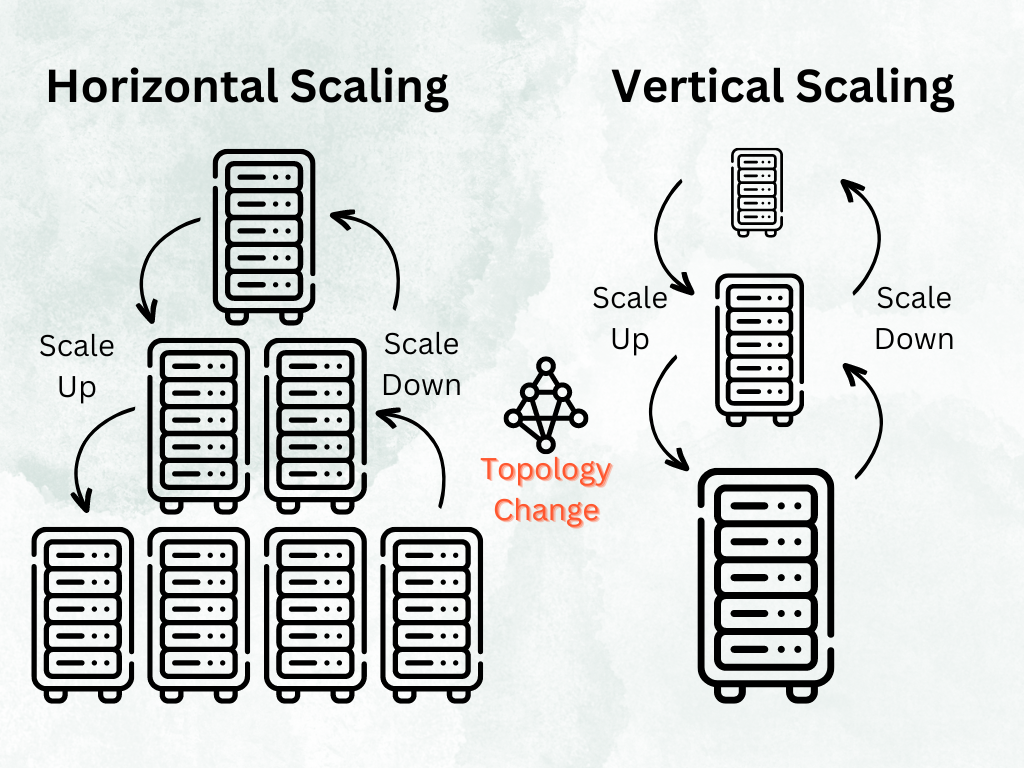Why Distributed Systems Fail? (part 2)

In the first part of our exploration into the fallacies of distributed computing, we looked into four common misconceptions that can significantly impact the design and functionality of distributed systems: the reliability of the network, the illusion of zero latency, the myth of infinite bandwidth, and the false sense of inherent network security.
Now, in Part 2 of this series, we turn our attention to the remaining four fallacies, each presenting unique challenges and requiring careful consideration:
- Topology Doesn't Change: The oversight of network dynamics and their impact on system performance.
- There is One Administrator: The simplification of management responsibilities and control in distributed environments.
- Transport Cost is Zero: The underestimation of the resources required for data movement across the network.
- The Network is Homogeneous: The assumption that the network environment is uniform and consistent.
Fallacy 5: Topology Doesn't Change
This one is a misconception in distributed computing that disregards the dynamic nature of network topologies. Network topology, the arrangement of various elements (links, nodes, etc.) in a computer network, is not static. Changes can occur due to network expansion, hardware upgrades, outages, or reconfigurations. Designing systems under the assumption of a static topology can lead to significant issues when inevitable changes occur.

